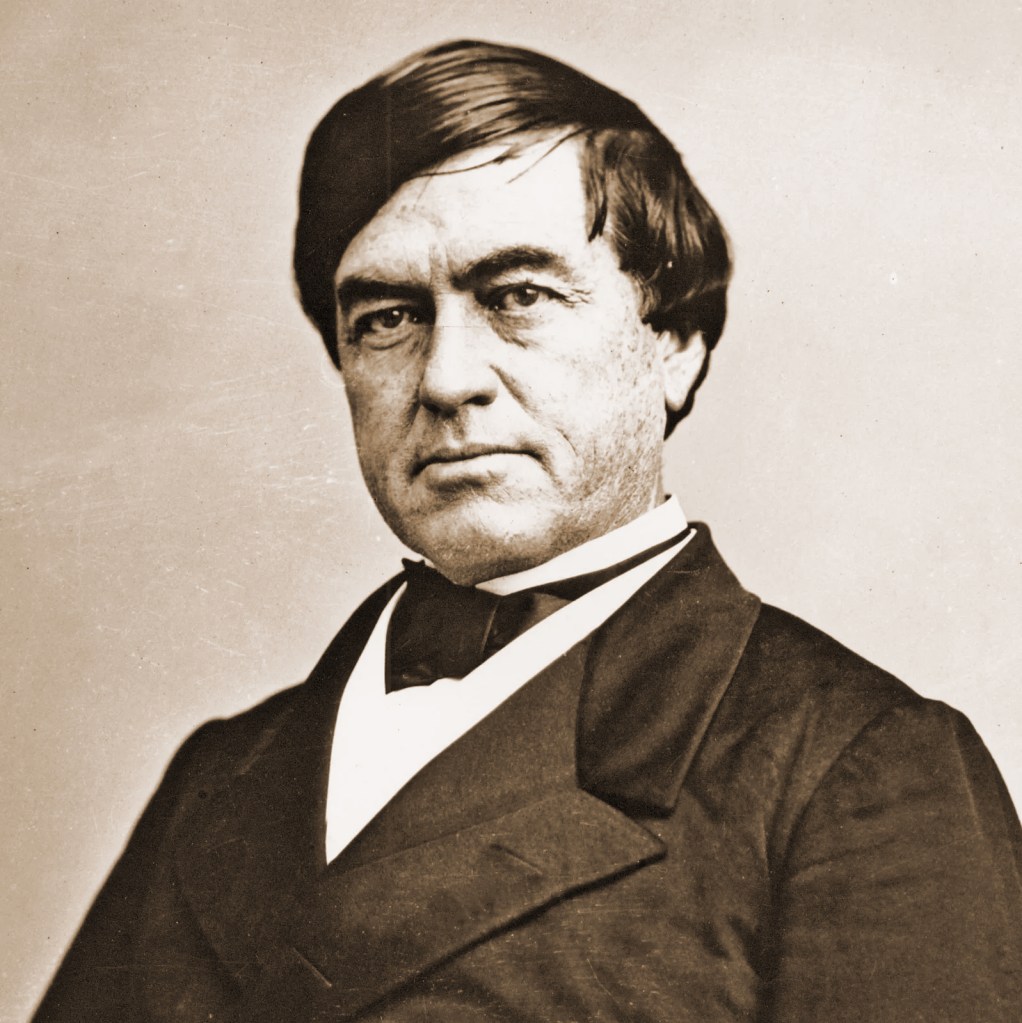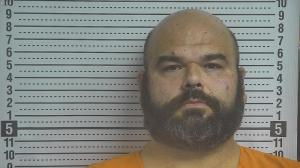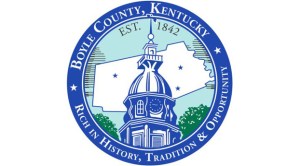Cassius Clay: The Lion of White Hall
Published 10:47 am Wednesday, July 5, 2023

- Cassius Clay
BY JADON GIBSON
Contributing columnist
Three-time world heavyweight boxing champion Muhammad Ali, born Cassius Marcellus Clay Jr., is widely considered among the greatest boxers of all time. He was named after his father, who was named after fellow Kentuckian and abolitionist Cassius Marcellus Clay.
Trending
Clay the abolitionist was the son of a slave owner. He became prominent as an anti-slavery crusader, serving three terms in the Kentucky General Assembly before falling into disfavor due to his stance on abolitionism, the hot-button issue of that era.
His espousal of the plight of blacks in America given during his speech at the Washington Centennial at Yale, his alma mater, caused slave-holders to hate him, especially those in his home state of Kentucky.
He started an anti-slavery newspaper that was called the True American. Soon, Clay began receiving death threats, causing him to carry a gun and knife. He barricaded his office, but a mob broke in and stole his printing equipment. It was eventually located in Cincinnati. Rather than returning it to Lexington, Clay resumed his work in Cincinnati.
Clay was a friend of Abraham Lincoln. Some thought he would become Lincoln’s Secretary of War, but the waves he received over the issue of slavery caused several to fear it might lead to friction with southern states.
Instead, Lincoln offered Clay the ambassadorship to Spain, a position he eventually turned down. About that time, Clay read about Russia, Czar Alexander and his stand on abolition, and informed President Lincoln that he would be pleased to become the U.S. ambassador to Russia if the position were offered. It was offered, and he promptly accepted. Later, Lincoln asked Clay to return to the states to accept a commission as a major general.
Clay didn’t accept the commission, that is until Lincoln informed him he would sign the Emancipation Proclamation, the president’s declaration that all slaves would be permanently freed throughout the Confederacy.
Trending
Lincoln sent Clay to assess the mood for the emancipation in the border states. Following Clay’s return, Lincoln issued the proclamation. Clay then returned to Russia in 1863 and remained until 1869 where he was influential in the negotiations for the United States’ purchase of Alaska.
Clay’s life was one of strife and turmoil. In that era, an insult often resulted in a challenge to a duel, which were common in that time. If the challenge was accepted it generally resulted in a death.
“I never looked for trouble with anyone,” Clay said later in life. “I will admit however that I’ve never gone out of my way to avoid it. I have had many encounters through the years but I have only been whipped twice. Those were by my mother and my older brother.
“My brother was older and much stronger. I tended to tease and play tricks on him until I went too far. One day we were trimming trees in the orchard and he had a ladder that he used to reach the higher limbs. I took his ladder a few times while he was up in a tree and he had to jump down. He warned me, but I kept it up until he caught me and whipped me good with some of the sprouts that were trimmed from the trees. If I think about it I can still feel the stinging today.
“I didn’t cry but I learned my lesson. I stopped teasing him then and there because I knew what would come next. As I grew up however it seemed that trouble was looking for me.”
Clay explained that he had this introduction to dueling at the age of 23.
“I was engaged to be married, and I had a rival suitor who wrote a letter to my sweetheart’s mother in which he made a number of obnoxious charges about me,” Clay had said. “She showed me the letter and asked for me to explain it. It perturbed me greatly and I explained it by going to Louisville where I looked for the man, a doctor by the name of Declarey, who wrote it.”
Read more next week.
Jadon Gibson is an Appalachian writer form Harrogate, Tennessee. Thanks to Lincoln Memorial University, Alice Lloyd College and the Museum of Appalachia for their assistance.







